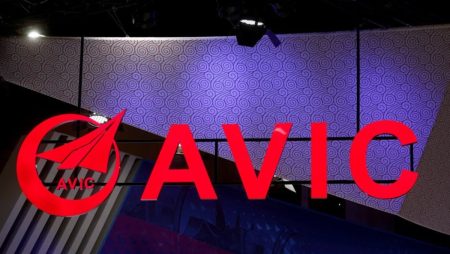Luna Luna: A Resurrected Fantasy of Art and Amusement
The vibrant spirit of 1987 has found a new home in the heart of Hudson Yards, New York City, with the arrival of Luna Luna, the world’s first art amusement park. Originally conceived by Austrian artist André Heller, Luna Luna debuted in Hamburg, Germany, for a single summer before vanishing into obscurity, stored away in a Texas warehouse. Now, thanks to the efforts of a team including Michael Goldberg and rapper Drake, this forgotten fantasy has been resurrected, offering a unique blend of art history and immersive entertainment. While the original rides, adorned with artwork by iconic figures like Jean-Michel Basquiat, Keith Haring, and Salvador Dalí, remain tantalizingly out of reach for visitors, the exhibit successfully captures the whimsical essence of a carnival, inviting guests to step back in time and embrace their inner child.
The spirit of Luna Luna thrives not in the operation of its rides, but in the meticulously preserved artwork and the curated atmosphere that surrounds them. Costumed performers roam the space, encouraging interaction and dance, while a soundtrack featuring artists like André 3000 and David Byrne sets a playful tone. The exhibit offers a range of experiences, from Roy Lichtenstein’s mirrored “Pavilion” and Salvador Dalí’s hallucinatory “Dalídom,” to Patrick Raynaud’s interactive “Playground of geometric sculptures,” where playfulness is the only rule. Even Heller’s “Dream Station & Wedding Chapel,” originally intended as a playful art piece, has found a renewed purpose, hosting impromptu, albeit non-legally binding, wedding ceremonies, adding another layer of unexpected charm to the Luna Luna experience.
Beyond the playful façade, Luna Luna also delves into more profound themes. Daniel Spoerri’s “Crap Chancellery,” a seemingly absurd installation featuring piles of feces atop columns, serves as a poignant commentary on Nazi Germany, juxtaposing the grotesque with the historical. This duality, the blend of lighthearted amusement and thought-provoking art, forms the core of Luna Luna’s appeal. It offers an accessible entry point for those unfamiliar with the featured artists while simultaneously engaging art enthusiasts with the opportunity to experience these iconic works in a novel context. The immersive nature of the exhibit, with its vibrant colors, playful characters, and eclectic soundtrack, creates an environment that transcends the traditional museum experience, fostering a sense of wonder and encouraging exploration.
The reactions of visitors to Luna Luna further underscore its captivating nature. From spontaneous wedding ceremonies to wide-eyed wonder at the dazzling “Dalídom,” guests express a sense of awe and delight. For younger visitors unfamiliar with the historical context of the artwork, Luna Luna provides an engaging introduction to these renowned artists. For older generations, it evokes a sense of nostalgia, transporting them back to a time of vibrant artistic expression. The exhibit’s ability to resonate with such a diverse audience speaks to its unique blend of art, history, and entertainment. It’s a place where one can marvel at Basquiat’s vibrant imagery on a Ferris wheel, get lost in Dalí’s surreal world of mirrors, and contemplate Spoerri’s provocative statement on history, all within the same space.
While the inability to ride the meticulously restored attractions might initially disappoint some visitors, the immersive experience quickly compensates for this restriction. The dynamic atmosphere, complete with costumed performers and a curated soundtrack, breathes life into the static artwork, creating a sense of movement and energy. The interactive installations, such as Raynaud’s playground, encourage participation and play, further blurring the lines between observer and participant. The “Dalídom,” with its mirrored surfaces and distorted reflections, offers a particularly captivating experience, immersing visitors in a world of surreal illusions. Even the seemingly irreverent “Crap Chancellery” sparks conversation and reflection, prompting viewers to consider the artwork’s deeper meaning.
Ultimately, Luna Luna succeeds in its mission to create a unique and engaging experience that transcends traditional notions of art and amusement. It’s a place where art history comes alive, where playfulness and contemplation coexist, and where visitors of all ages and backgrounds can find something to spark their imagination. While the rides may remain stationary, the spirit of Luna Luna spins on, offering a vibrant testament to the enduring power of art and the timeless allure of a carnival. It’s a resurrected fantasy, a time capsule from a bygone era, and a testament to the power of art to transcend time and space, inviting us to step into a world where imagination reigns supreme. The inability to ride the attractions, in a way, enhances the experience, allowing the art to take center stage and fostering a deeper appreciation for the artists’ vision. Luna Luna is not simply an exhibit; it’s a journey, a celebration of creativity, and a reminder that the childlike wonder of a carnival can be just as powerful as the most profound work of art.










